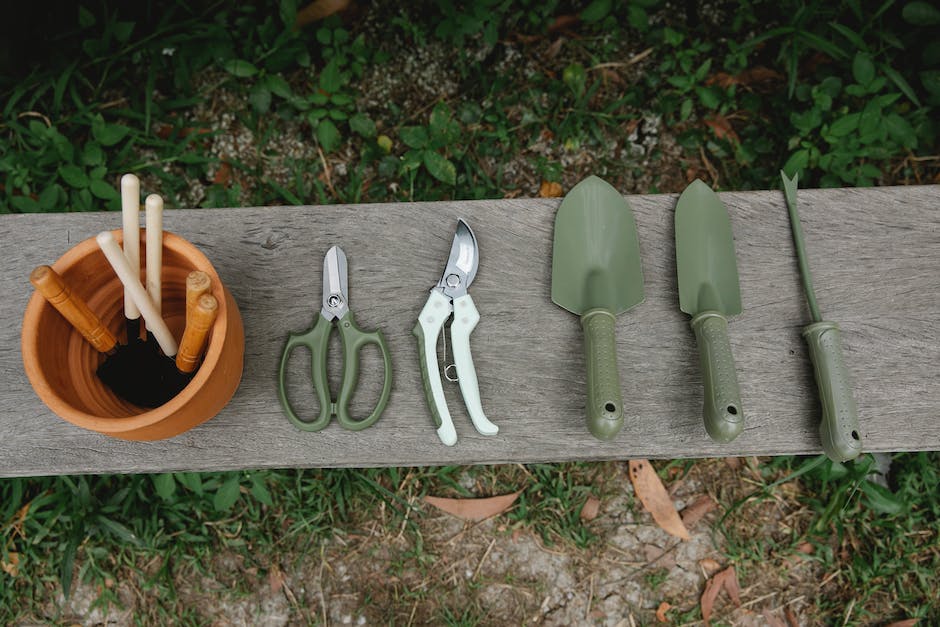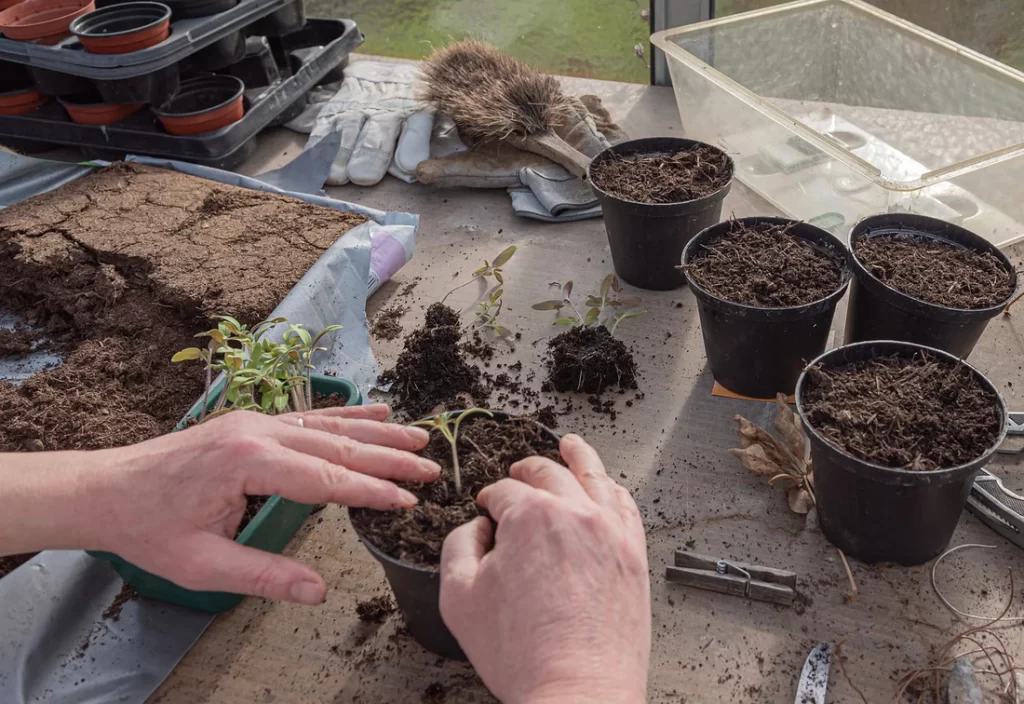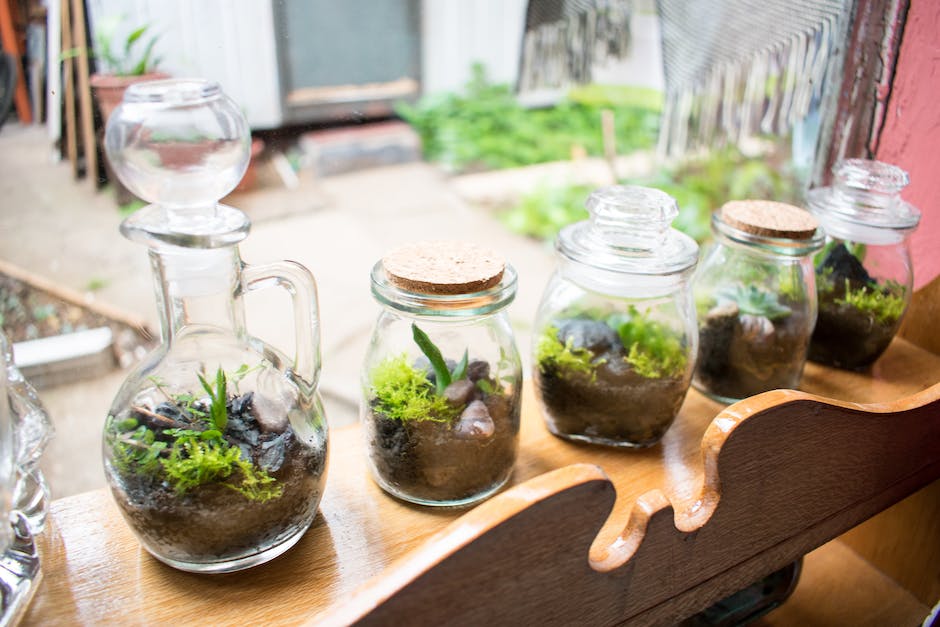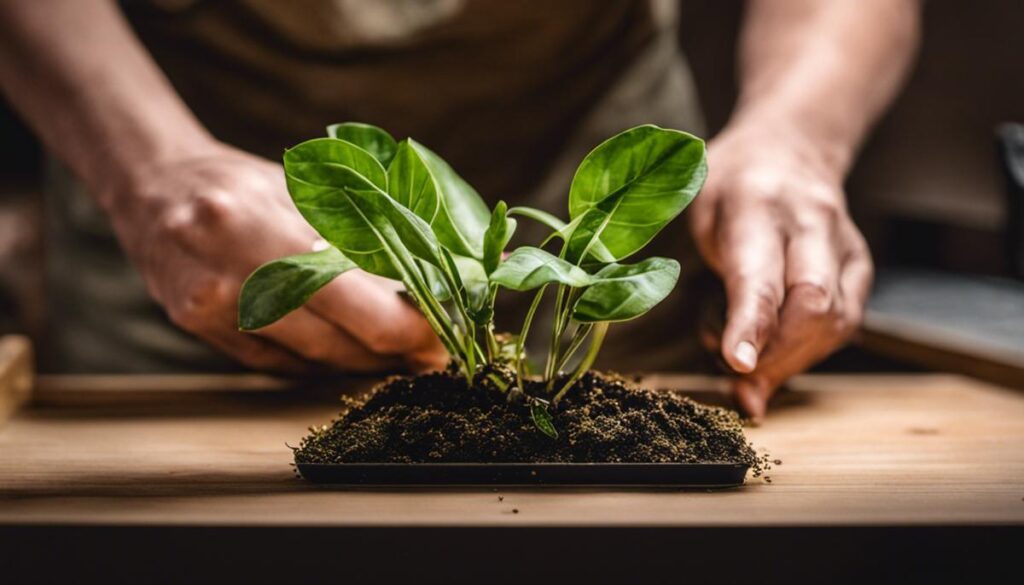Delving into the world of plants, particularly indoor plants, can be a fascinating journey of discovery. Not only is it a hobby that can provide a sense of fulfillment and tranquility, but it also opens the door to an increased understanding of nature’s complexities and wonders. One such wonder is the process of plant propagation – the art and science of creating new plants from existing ones.
This exploration will take you through different spheres of plant propagation research, helping you comprehend the various techniques, the key requirements, and the optimal timing for the propagation process. Additionally, it will shed light on the scientific aspects underlying propagation, including the role of hormones, nutrients, and sunlight. Yet, an essential part of this learning curve is understanding the diversity among indoor plants and their varying suitability for propagation, as well as how to pick the best ones for your specific home conditions.
Understanding Plant Propagation

Understanding Plant Propagation
Plant propagation is the process of creating new plants from existing ones, and there are various methods of carrying this out, particularly for indoor plants. The techniques involved include taking cuttings and divisions, layering, or even growing from seed.
Methods of Propagating Indoor Plants
One of the most common ways of propagating houseplants is by taking cuttings, which involves removing part of a plant and encouraging it to grow into a new one. This process is usually successful with a variety of plants like pothos, philodendrons, and spider plants. Divisions, on the other hand, involve dividing the plant into several smaller parts, each with their own roots system. This is suitable for plants that naturally grow in clusters, like snake plants and peace lilies.
The Tools Required
For propagation, you’ll need a sharp, clean pair of scissors or a knife, clear glass jars, or small pots filled with a growing medium like perlite, vermiculite, or potting soil. Scatter the pots with pebbles or gravel at the bottom to allow ample drainage to avoid root rot. If you’re propagating from a leaf cutting, it’s useful to have a plastic bag or a propagation box to create a humid environment encouraging root growth.
The Best Time to Propagate
Ideally, propagating indoor plants is best done during their active growing period, usually from spring to early summer, because plants’ metabolism and growth are high, and they can recover faster. However, indoor plants can be propagated any time of the year if provided with the right environmental conditions.
The Science Behind Plant Propagation
Plant propagation relies heavily on the plant’s ability to regenerate and form new plants. It involves a set of metabolic processes mediated by plant hormones like auxin, cytokinin, and gibberellin that regulate cell division, elongation, and differentiation.
Nutrition also plays a vital role. Plants need macronutrients (Nitrogen, Phosphorus, Potassium) for growth and development, and micronutrients like Iron, Manganese, and Zinc for enzymatic reactions. However, new cuttings or divisions should not be over-fertilized, as it can burn the roots and hinder growth.
Finally, sunlight or appropriate indoor lighting is crucial for photosynthesis – a process where plants manufacture their own food. While propagating, choose a bright spot that receives indirect light to encourage root development without causing stress to the plant.

Understanding Indoor Plant Care
Ensuring success with plant propagation requires more than just technique, but also ongoing care. Once a new plant is established, it needs to be transitioned to a larger pot with appropriate potting soil that suits the plant’s preferences. Water sparingly at first, increasing as the plant matures. A balanced, diluted houseplant fertilizer can help to nourish the plant and encourage growth.
With patience, practice, and knowledge of the science behind it, plant propagation can be a rewarding aspect of indoor gardening, filling your space with greenery at no extra cost.
House Plant Essentials
Choosing the Right Indoor Plants for Propagation

Understanding Indoor Plant Propagation
Indoor plant propagation is the process of multiplying plants by using the plant’s leaves, stems, or roots, creating a copy of the parent plant. However, not all indoor plants are equally fit for propagation. The type of plant, its general health, and its capacity to produce new growth are all important factors to consider.
Recognizing Plant Types and Propagation Friendliness
While some indoor plants propagate easily, others may need more precise conditions to develop new roots and leaves. Leafy plants like the Snake Plant, Spider Plant, and Pothos are known for their ease of propagation. Succulents, like Aloe Vera and Jade plants, are also well suited for this process. Flowering plants, on the other hand, can be more challenging, and propagation success can vary widely among species. It’s recommended that beginners start with an easy-to-propagate variety to understand the process before moving on to more difficult species.
Considering Home Conditions
When choosing a plant to propagate, your home’s light and temperature conditions should play a significant role in your decision. Varieties like Snake Plant and ZZ Plant are hardy and can thrive in low-light conditions making them ideal for homes with less natural light. On the other hand, plants like Succulents require a fair amount of sunlight and may not be the best choice for darker living spaces.
Similarly, temperature can significantly impact a plant’s ability to propagate. Tropical plants like Pothos or Philodendron prefer warmer temperatures and high humidity, while plants native to cooler climates like the Spider Plant may tolerate lower indoor temperatures.
Ensuring Plant Health
The health of the indoor plant that you choose to propagate is paramount. A plant that’s infested with pests or diseases won’t be a good candidate for propagation, as these conditions can transfer to the new plant. Ideally, your chosen plant should be disease-free, have strong growth, and maintain a vibrant color. It’s best to select a mature plant for propagation, as young plants may not withstand the process as well.
Selecting Growth Rate and Size
The size of the plant you’re propagating will also impact how successful you are. Smaller, compact indoor plants often propagate more easily and quickly compared to larger leafy species. Additionally, it’s important to consider the growth rate. Some indoor plants like Pothos or Tradescantia zebrina grow quickly, which makes them ideal for beginners because the propagation results are visible sooner.
By understanding what makes a plant suitable for propagation and considering the conditions in your home, you can find the best indoor plants for your propagation project. Remember to be patient, as the process can take some time. Soon enough, though, you can have a new generation of indoor plants boosting the vibes in your living space.
Hands-on Propagation Practice

Choosing Suitable Plants for Propagation
When you’re just starting out with indoor plant propagation, it’s best to begin with plants that are known for being easy to propagate. Plants such as pothos or succulents are excellent beginner plants. Once you’ve identified the plant you want to propagate, make sure the mother plant is healthy and in good condition, as this will affect how well the propagated plants grow.
Materials Needed for Propagation
Key materials for indoor plant propagation include a pair of clean, sharp scissors or a pruning knife, a pot with drainage holes, a saucer to catch water runoff, potting mix suitable for your plant species, and optionally, a rooting hormone to speed up root development in the cutting.
The Propagation Process
First, observe your chosen plant closely. Identify a healthy offshoot or leaf. If you’re propagating pothos, you’d want to look for a vine with at least four leaves and an aerial root node. If you’re dealing with succulents, choose a mature leaf that’s not showing signs of illness or browning.
Using your scissors or pruning knife, cut the chosen offshoot or leaf and make sure to include some of the stem or an aerial root node. Place the cut and cleaned cutting into the prepared pot with potting mix. For most plants, you don’t need to bury it too deeply – just enough to keep it stable. Water it lightly.
Monitoring Growth and Making Adjustments
After planting the cuttings, position them in a warm, well-lit location. Monitor their growth, keeping an eye out for any signs of disease or distress. Remember, not all cuttings will take, so don’t be discouraged if success isn’t immediate. Make notes of what works and what doesn’t, and adjust your methods accordingly.
When it comes to watering your cutting, bear in mind the specific water requirements of the plant you are working with – succulents require much less water than pothos. Watering practices will vary from plant to plant.
Future Propagation Attempts
As you gain experience in plant propagation, your rate of success will likely increase. Apply the knowledge you’ve acquired from each propagation attempt to future efforts. Try propagating different types of plants and comparing their growth rates and requirements. With time and experience, you can master the propagation of a wide variety of indoor plants.

Embarking on a journey of hands-on practice, you will have the opportunity to test your knowledge by propagating indoor plants yourself. Starting with species that are reputed to be easier to propagate, such as pothos or succulents, you can monitor their development, document your observations, and fine-tune the processes as you learn from the plants’ feedback. This hands-on practice will not only enrich your understanding of plant propagation, but also enable you to gradually take on more challenging plant species. As you improve your propagation skills, you will find yourself more connected with the green universe within your home, appreciating its enchanting beauty, variety, and the joy it brings.

